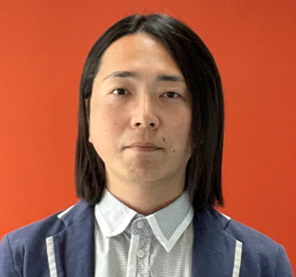| Mr. Shinnosuke Shimokawa Executive Engineer |
 |
Biography: Shinnosuke Shimokawa is an executive engineer in the Future Mobility Research Department at the Toyota Research Institute of North America (TRINA) in Ann Arbor, Michigan. He graduated with a Master of Engineering in Mechanical Engineering from Yokohama National University. His primary focus is on developing morphing shape structures using 'programmable structures' such as inflatable structures, shape memory materials, and jamming technology to enhance safety in future mobility. Shimokawa joined Toyota Motor Corporation in 2005 and has been involved in various projects, including the development of a Carbon fiber reinforced polymer (CFRP) body for the Lexus sports car LFA, energy absorption devices for lightweight sports aircraft collision safety, and active aerodynamics control systems for small lightweight compact vehicles. He has also contributed to the company's advanced R&D development strategy planning. Shimokawa has experience in joint and adhesive structures for composite materials, energy absorption structures, and active aerodynamic devices.
Topic: Programmable Structure Development at Toyota Research Institute North America
Abstract: Nowdays, the automotive industry is undergoing a significant change known as the “Once-in-a-century period of profound transformation.” Diverse mobility and usability are necessary to meet the rapidly changing demands of individual users; and at the same time, carbon neutrality and the circular economy cannot be ignored. From a software perspective, connected cars are now updating their programs via Over the Air (OTA), ensuring that they maintain the latest and best status while adapting to user preferences. However, hardware, which generally lacks flexibility, is becoming a bottleneck, preventing long-term usage and offering suitable value to a wide range of users. Nevertheless, we believe that “programmable structures/materials” which can change in shape or properties such as stiffness, electrical or thermal conductivity, color, and so forth, have the potential to provide the flexibility required for future products to be updatable, adaptable, changeable, and portable. Over the past few years, our team at the Toyota Research Institute North America has been exploring how to design products using these smart structures/materials. We have discovered that such products not only perform better but also possess adjustable and unique capabilities that were previously impossible with conventional methods. We recognize that these smart materials are still evolving, and programmable structures/materials are not yet mature, requiring further development. Yet, we also see the high potential and significant impact of this technology in future mobility products. In this presentation, we will discuss our vision of utilizing programmable structures/materials in the future and share our experiences in developing them with examples.